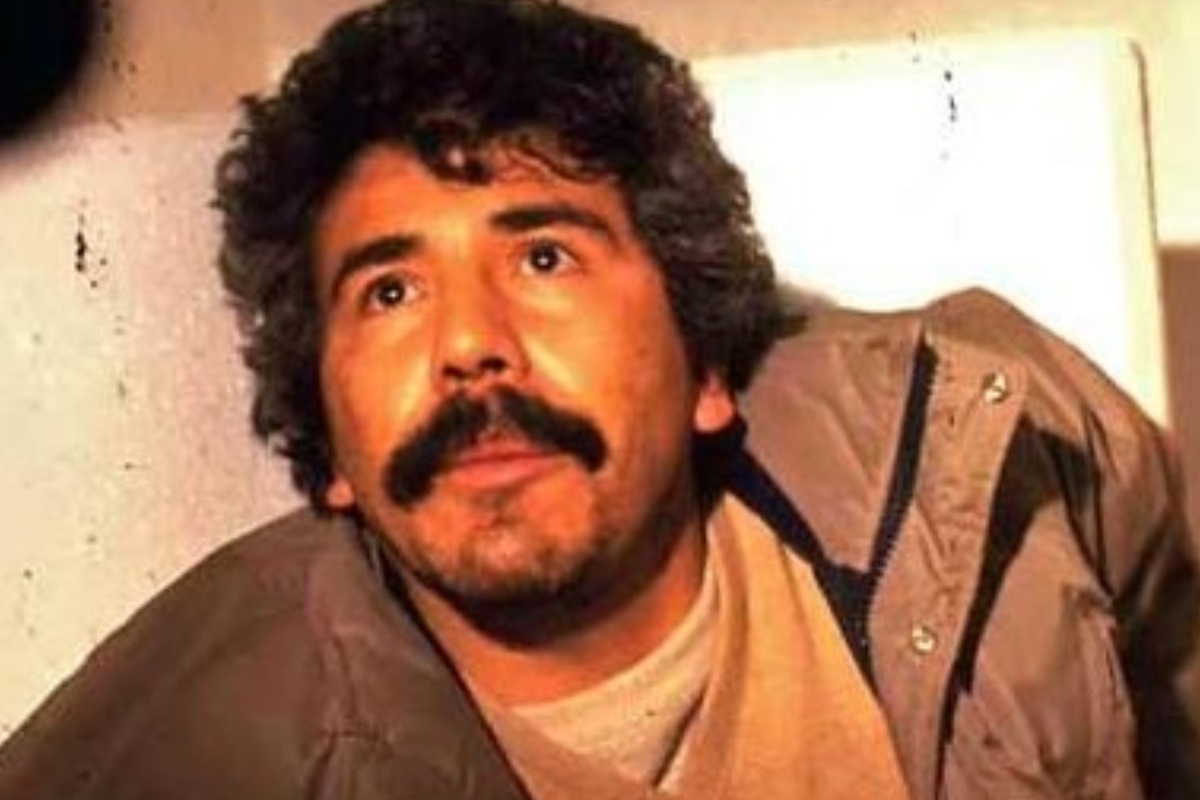The criminal dynasty of Caro Quintero
%%excerpt%%

- The successors of “El narco de narcos”.
- They preserve his legacy.
- They respect Caro Quintero’s name.
The criminal legacy of this powerful drug trafficker is carried on by these criminal cells. After his recent capture on July 15, 2022, the authorities will focus their attention on them. We are talking about the criminal dynasty of Caro Quintero.
The criminal ties of drug trafficker Rafael Caro Quintero weren’t cut when he left the leadership position he held in the Guadalajara Cartel and, despite the fact that his empire was managed by an immediate family group, other members of his clan continued with drug trafficking.
The criminal dynasty of Caro Quintero

PHOTO: Infobae website capture
According to numerous recordings, surveillance footage and archives, as well as reports obtained by Infobae Mexico, Caro Quintero’s relationships allowed him to operate in secrecy after his release from prison in 2013, and during his time behind bars.
Whether by direct intervention or through relatives, the alleged criminal activities of the «Narco de narcos» continued from 1980 to June 2018, according to US authorities. He’s based in Mexico and has been prominent in illegal activities since 1975 related to the cultivation, production and transportation of cannabis.
Founder of the Caborca Cartel

According to InSight Crime, although El Narco de narcos had denied any ties with any criminal cell, after leaving prison Caro Quintero and his family members formed the «Caborca Cartel», which strengthened towards the end of 2019 and during 2020.
With this new criminal organization, led by his nephews Rodrigo Páez Quintero and José Gil Caro Quintero, he has a presence in northwestern Sonora, especially in the municipalities of Caborca and Magdalena de Kino, disputing territory with «Los Chapitos», according to the Informador.
The importance of the Caborca Cartel in drug trafficking

According to InSight Crime, the Caborca Cartel has disputes over control of the routes to the northern border. Sonora borders the states of Arizona and New Mexico, making it an important corridor for the movement of drugs, weapons and people to the United States.
In addition, the organization entered the Pacific through the port of Guaymas and allowed the entry of chemicals that arrive from Asia for the production of methamphetamine and fentanyl. In addition to this, Sonora is an important producer of gold and lithium.
Conflicts with “Los Chapitos”

Los Chapitos and the Caborca Cartel also seem to fight over access to the state’s mining activity, from which they obtain criminal income through extortion. In that sense, to displace El Chapo’s children, the Caborca Cartel seems to have joined forces with some of its main rivals, according to the Informador.
One of them is La Línea, the old armed wing of the Juárez Cartel. This organization disputes the territory near the state of Chihuahua with Los Salazar and Gente Nueva, two criminal clans associated with Los Chapitos. Citing intelligence from the Mexican government, local media have stated that the alliance with La Línea was negotiated while Caro Quintero was still in prison.
José Gil Quintero would be the successor of Caro Quintero

According to Proceso, José Gil Caro Quintero, designated by federal authorities and adversaries as the nephew of capo Rafael Caro Quintero, could assume the leadership of the Caborca Cartel, which is currently in a dispute with the faction of the Sinaloa Cartel led by the sons of drug trafficker El Chapo Guzman.
Official and journalistic reports point to «El Pelo Chino» as responsible for the transfer of cocaine shipments from South America that arrive in Mexico through the beaches of the Costa Chica region, which includes the states of Guerrero and Oaxaca, as well as Chiapas and Quintana Roo.
 Related post
Related post





